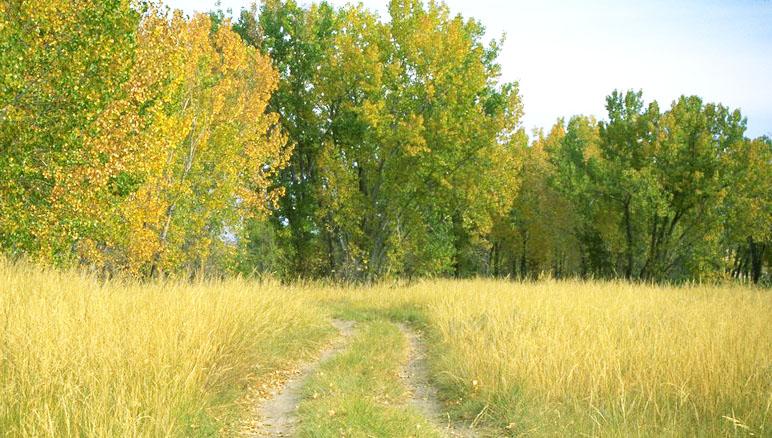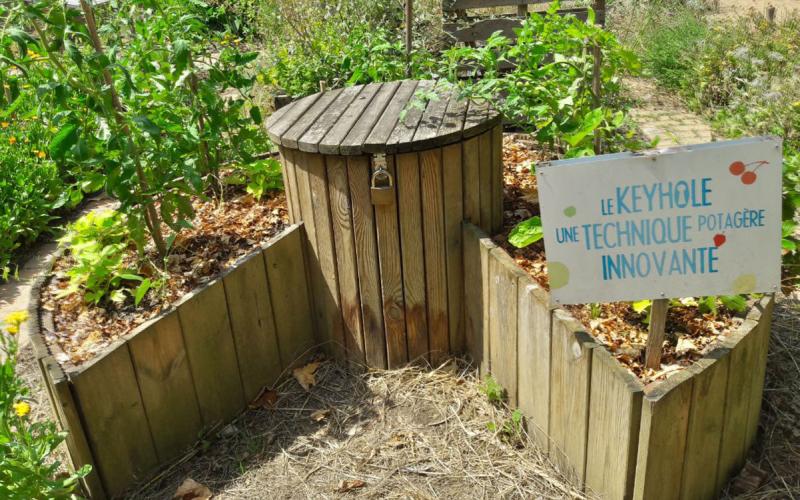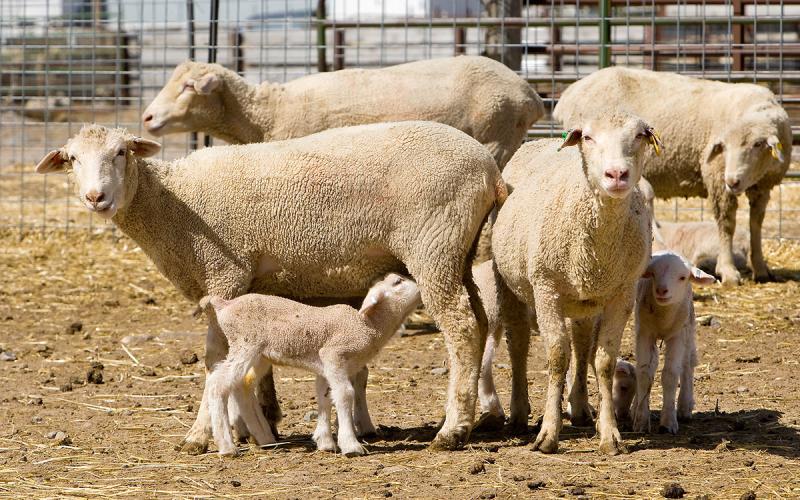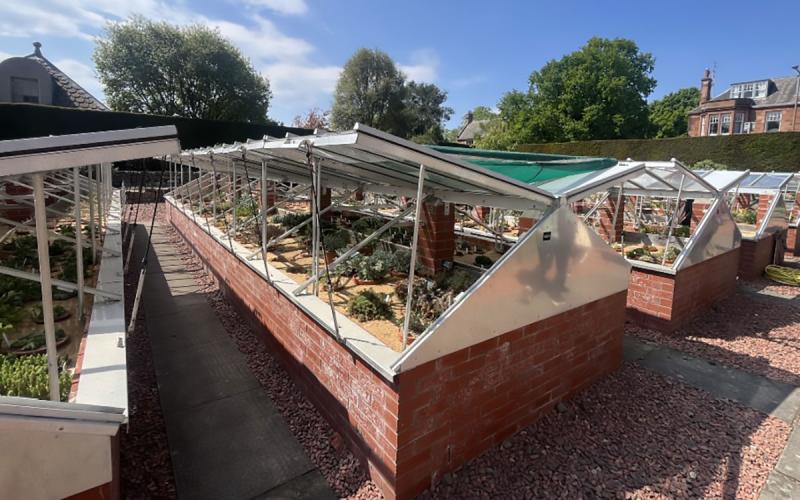A dry summer is not only stressful for people, pets and livestock, but for our trees and other vegetation. Trees require a lot of water to meet their functional needs and long-term shortages can influence growth and survival.
Drought Stress Symptoms

Trees signal their water deficit through a number of symptoms. The most common changes in appearance are lighter green to yellow-green foliage, leaf scorch around the margins, wilting leaves and dropping them prematurely. These stressed trees will also often have stunted shoots and may produce more seeds than typically seen for a tree. Conifers will often produce an abundance of cones the second year of a drought. Trees that are stressed by drought are also more susceptible to insect borers and canker diseases. Bronze birch borer attacks on birch are more common during drought years. Two-lined chestnut borer is often associated with declining oaks during drought.
Understanding Water Needs
Just how much water does an established tree need during our hot summers? This depends on a number of variables but two key ones are the size and species of tree. Almost all the water absorbed by a tree on a summer day is lost out of the leaves through transpiration. This process moves water from the roots, up through the trunk and branches and releases it as water vapor from small holes in the foliage. Only one or two percent of the water is used for meeting the needs of the tree for photosynthesis and other functions. While water is “lost” through transpiration that does not mean it was wasted. The water vapor from the leaf helps cool the foliage surface, often as much as 10° to 15° F. The transpiration stream is also the mechanism that pulls water through the tree without the tree having to do any work. Each leaf may be transpiring about one-tenth of an ounce of water per day during the summer. A mature elm tree may have more than 150,000 leaves so the tree may transpire more than 100 gallons of water in a single hot summer day!
There are also differences among the many tree species in the amount of water they transpire. Conifers with their thicker, waxy needles lose less moisture than a broadleaf tree such as an oak or maple with their wide, thin foliage. However, the differences among tree species is not as important as its size. The larger the tree, the more water it requires.
Watering Considerations
Trees required water during the summer and the general rule-of-thumb is they need about one inch of water per week. Unfortunately, rains are not that dependable in South Dakota and we can get three inches one day and nothing for the next two months.
Ideally this amount of water is provided to the tree every week, rather than double or triple the amount every two or three weeks. The water should also be applied slowly so that it soaks into the ground rather than runs off. The area to be watered should be from the trunk to a distance out equal to about half the height. While tree roots often extend as far out as the tree is tall, the majority of roots are closer to the trunk.
The water chart in Table 1 will provide the equivalent of about one inch of water. To check to see if you are adding this amount, place an empty coffee can within the sprinkler zone and run the sprinkler until you have about 1 inch of water in the container. Also check to be sure the water is infiltrating the upper foot of the soil as this is the zone for the majority of absorbing roots. After the first watering or two, dig a narrow hole by hand to a foot deep and check to be sure the soil is moist. If not, additional water may need to be applied or the water applied at a slower rate.
| Diameter (inches at 4.5 feet) |
Canopy spread (feet) |
Weekly water needs (gallons) |
| 3 | 5 | 12 |
| 6 | 10 | 45 |
| 12 | 20 | 180 |
| 18 | 30 | 400 |
| 24 | 40 | 700 |


